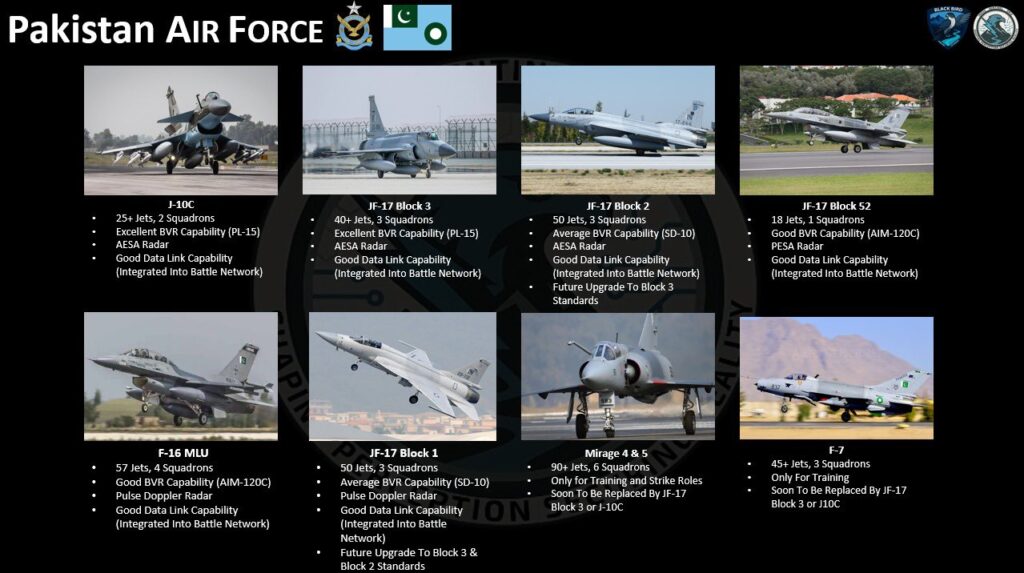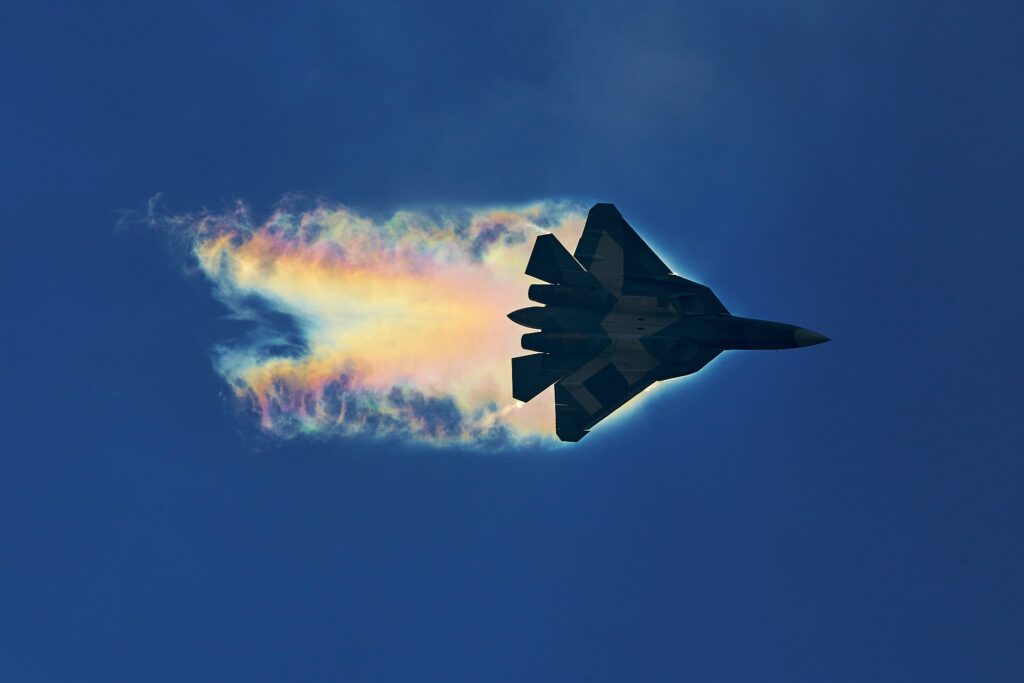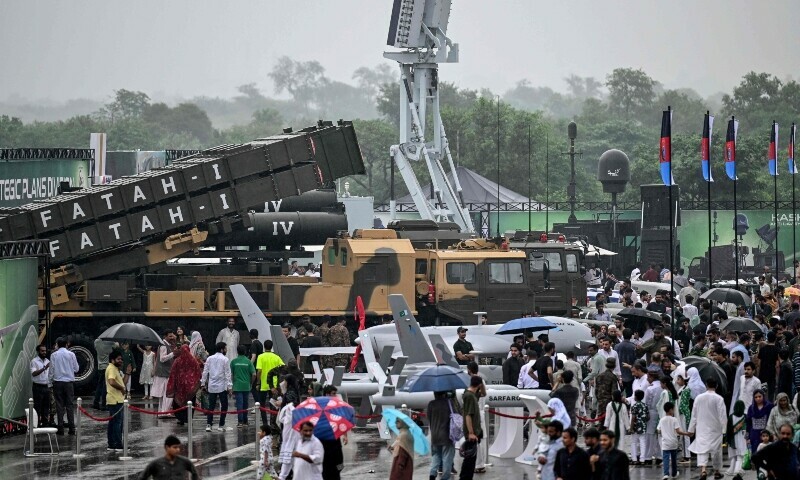In today’s era of beyond visual range warfare, the Pakistan Air Force has embraced the 6 Nil mindset zero compromise on technology, zero delays in data flow, zero gaps in the kill chain, zero confusion in battle networks, zero outdated doctrines, and zero hesitation in execution. This forward looking strategy contrasts sharply with the Indian Air Force, which still leans heavily on outdated “strength in numbers” tactics more suited to World War 1 and 2 than modern conflicts.
The shift in modern aerial combat begins long before aircraft ever come into visual range. Missiles can now be launched from altitudes 10 km above the battlefield and distances of over 50 km. In such engagements, sensor fusion, real time networking, and seamless coordination matter more than sheer numbers. This is where the PAF has created a decisive advantage, with integrated systems and a battle-tested network centric approach.
Events in 2015 and 2019 made clear that India’s shortcomings in network integration and sensor fusion carried a real cost. The disparity in Airborne Early Warning and Control Systems AWACS is another major gap. The PAF operates 12 AWACS platforms compared to the IAF’s 4, giving Pakistan vastly superior situational awareness and aerial command. A more detailed breakdown of fleet strengths and missile inventories can be found on reliable defense analysis platforms like SVI.
Beyond fighter jets, the backbone of air dominance lies in support aircraft. The Pakistan Air Force has invested heavily in electronic warfare and airborne surveillance to ensure its fighters never fly blind. Superior visibility, data links, and integrated EW give its pilots more time to react, better accuracy, and consistent coverage across the battlespace. Meanwhile, the Indian Air Force struggles with limited AWACS numbers and reduced serviceability, restricting its ability to maintain persistent operational awareness.
In the modern sky, where every second counts, PAF’s technological edge and integrated battle networks put it nearly a decade ahead in readiness and real time combat efficiency. This is not just about jets it’s about the ecosystem that connects them, and in that game, Pakistan has already built a commanding lead.



